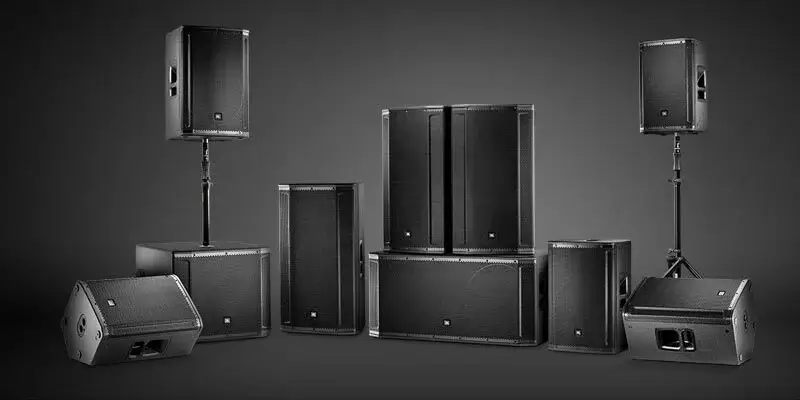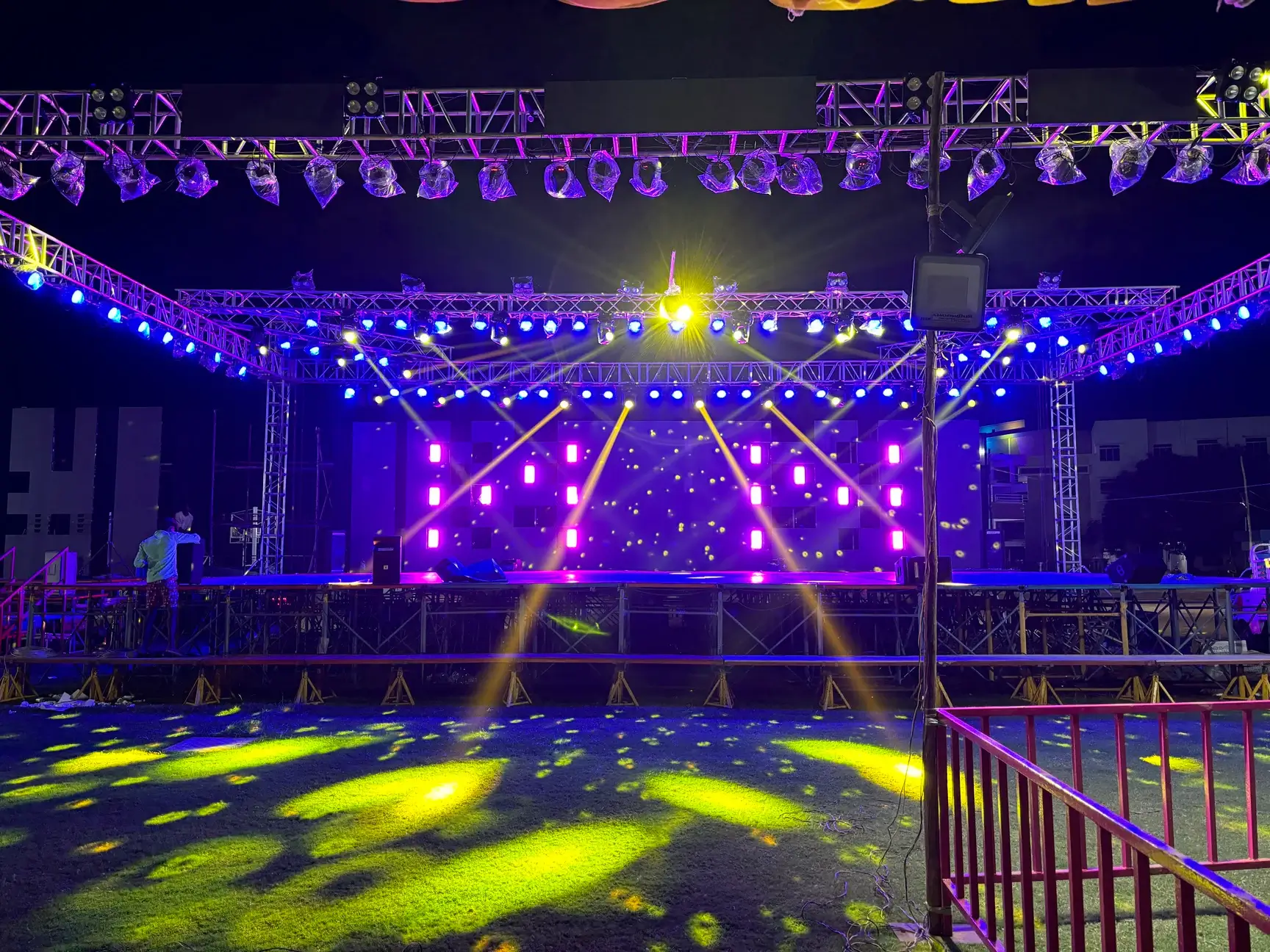Stadiums create an unusual challenge for sound. Their open spaces, long rows of seats and reflective surfaces scatter music in ways that can puzzle even experienced engineers. When an artist steps on stage before tens of thousands of people, the shape and direction of the speakers start to determine how the audience feels each note. In this setting, line array loudspeakers have become the tool many crews reach for, but their influence goes beyond simply making sound louder.
A line array works by stacking multiple speaker units in a tall column. Each unit sends sound at a slightly different angle, forming a long, controlled wave. This pattern narrows vertical spread and widens horizontal reach, so the energy travels far across the venue while avoiding unwanted echoes from ceilings or floors. Engineers place these arrays high above the stage, aiming them with mathematical precision. Some professionals suggest that even a small change in tilt can alter the listening experience for thousands of people at once.
One reason crews choose professional loudspeakers in these arrays is consistency. In a traditional point-source system, sound may feel strong at the front and thin at the back. In a well-tuned line array, the sound level drops more gently as distance increases. This gives fans at the far edge of the field a clearer experience without overwhelming those near the barricade. Even with this advantage, fine-tuning is never automatic. Teams must measure reverberation times, run simulations and adjust individual boxes before doors open.
The psychological side of this design is often overlooked. People respond not only to volume but also to how even the sound feels as they move through the venue. When line arrays deliver a steady tone from front to back, the crowd may feel more connected to the performance. Engineers sometimes report seeing more unified movement or chanting in areas covered by smoother sound fields. This link between acoustic stability and audience energy remains a subject of ongoing debate, but many in live production believe it has a real effect.
Professional loudspeakers also bring durability. Stadium shows involve fast load-ins, heavy rigging and long tours. Each cabinet must survive weather changes, transport shocks and constant vibration. Manufacturers reinforce enclosures with composite materials and metal grilles, while still keeping weight low enough for riggers to lift safely. A broken speaker mid-tour can disrupt an entire production, so reliability is as valued as sonic quality. Some crews even carry spare modules ready to slot into the array within minutes.
Energy control becomes especially critical outdoors. Wind, temperature gradients and humidity can bend sound waves unexpectedly. Line arrays reduce some of these problems by focusing energy tightly. Still, crews must walk the site during rehearsals, listening from multiple positions and making small adjustments. Computer prediction tools guide them, but human ears confirm the final balance. This ongoing adjustment underlines that technology alone cannot guarantee a perfect show.
The visual aspect matters as well. Modern arrays use slim enclosures that blend with stage designs. Their curved hangs form part of the show’s architecture, sometimes framing the video screens or lighting rigs. Designers now consider these speakers early in the creative process, ensuring they add to rather than detract from the performance’s look. This integration of sound and stagecraft reflects a shift where audio no longer hides behind curtains but becomes part of the spectacle.
Professional loudspeakers in line arrays may appear like just rows of boxes, but their influence reaches far beyond hardware. They help define the pulse of a stadium show, turning vast concrete arenas into spaces where sound feels close and immediate. Through careful design, placement and constant fine-tuning, these systems keep giant crowds engaged, song after song, night after night.




